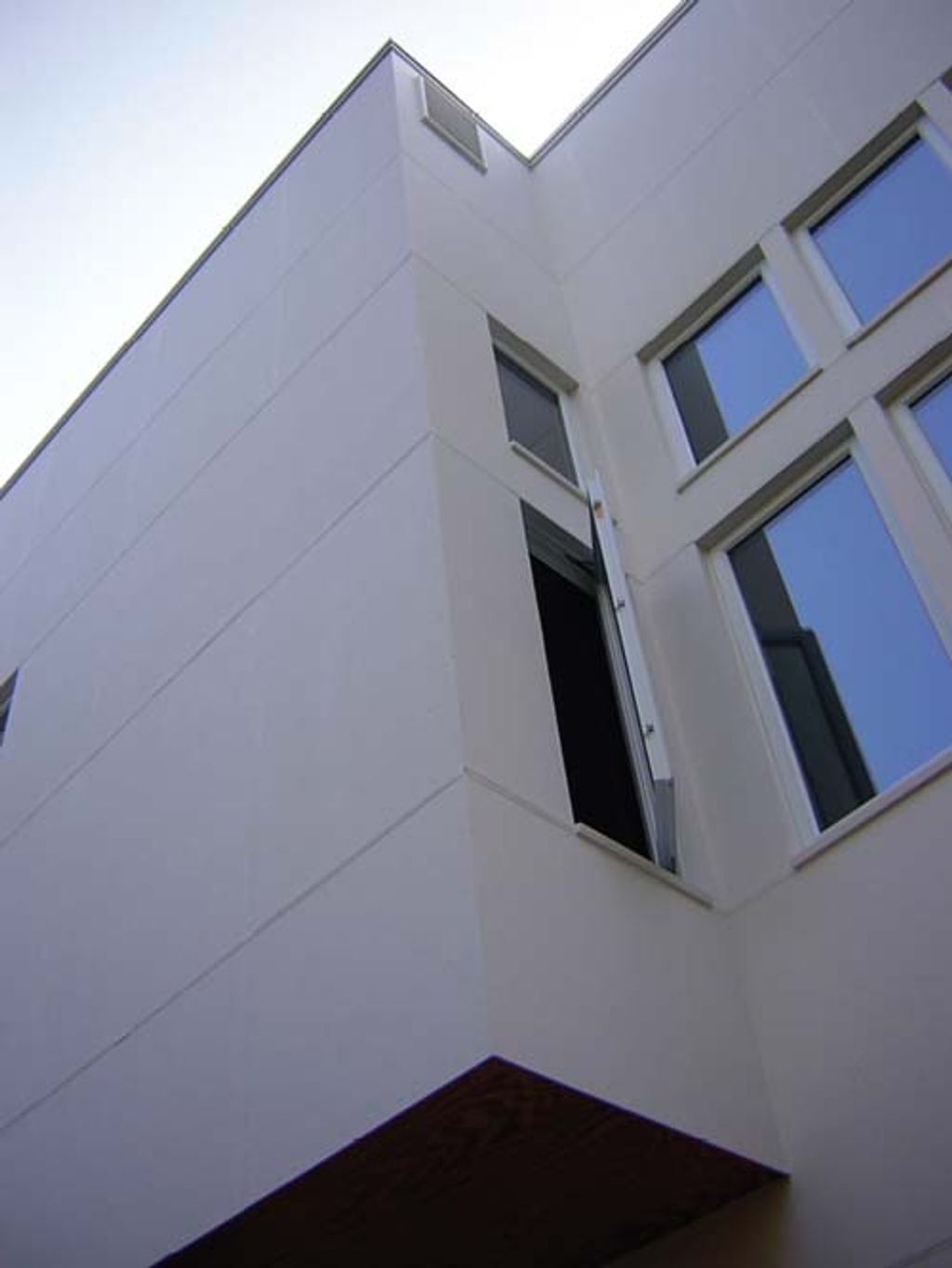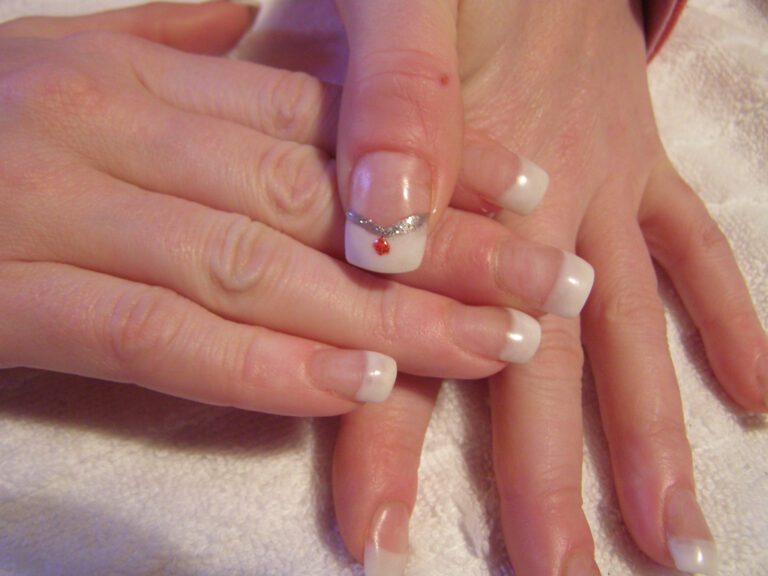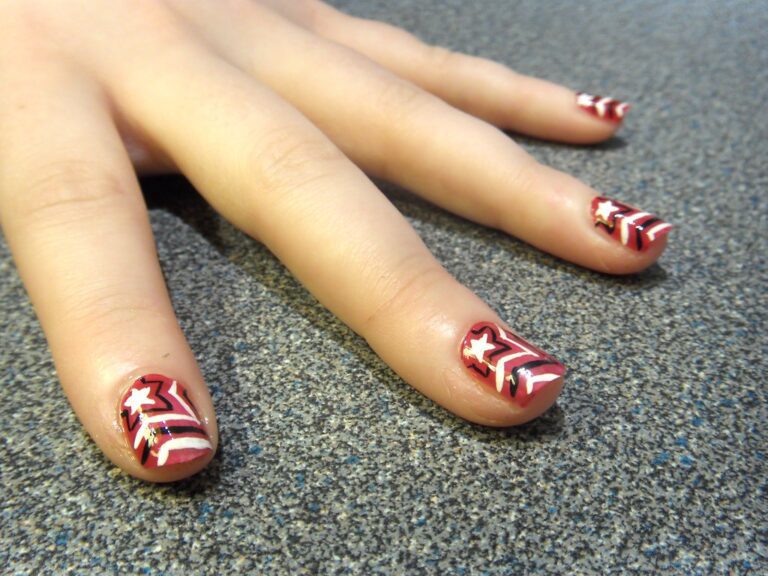“Hardie Heroes: What Nails to Use for Hardie Siding”
Hardie siding is a popular choice for homeowners due to its durability and low maintenance. When it comes to installing Hardie siding, choosing the right nails is crucial for ensuring a secure and long-lasting installation. Understanding the unique properties of Hardie siding and the importance of using the correct nails is essential for a successful project. In this article, we will explore the different types of nails recommended for Hardie siding and best practices for nailing this durable material.
Key Takeaways
- Choose corrosion-resistant nails to prevent rust and staining on Hardie siding.
- Utilize the correct length and diameter of nails to ensure proper fastening without damaging the siding.
- Pre-drilling holes can help prevent cracking and ensure precise nail placement when nailing Hardie siding.
- Avoid overdriving nails, as this can lead to damage and compromise the integrity of the siding.
- Follow manufacturer guidelines and recommendations for nailing Hardie siding to ensure a successful installation.
Understanding Hardie Siding and Its Unique Properties

What Makes Hardie Siding Different from Other Siding Materials
Hardie Siding, known for its durability and resilience, stands out in the construction materials market. Unlike traditional siding materials, Hardie Siding is engineered from fiber cement, a composite material that offers superior resistance to various forms of damage. This unique composition ensures that Hardie Siding maintains its integrity against the elements, resisting common issues such as shrinking, swelling, and cracking.
Key attributes of Hardie Siding include its ability to withstand extreme weather conditions, its non-combustible nature, and its resistance to pests and rot. These factors make it an ideal choice for homeowners looking for a long-lasting and low-maintenance siding option. Here’s a brief overview of its advantages:
- Exceptional durability and longevity
- Resistance to fire, pests, and rot
- Low maintenance requirements
- Aesthetic versatility to match different architectural styles
Tip: When choosing Hardie Siding, consider the local climate and environmental conditions to ensure optimal performance and lifespan.
Key Considerations for Installing Hardie Siding
When preparing to install Hardie siding, several key considerations must be taken into account to ensure a successful application. First and foremost, the structural integrity of the walls must be assessed. Hardie siding is a heavy material, and the underlying structure must be capable of supporting the additional weight without compromising on safety or durability.
Climate also plays a pivotal role in the installation process. The siding must be able to withstand local weather conditions, including temperature fluctuations and humidity levels. Proper gap spacing is crucial to accommodate the natural expansion and contraction of the material.
Tip: Always leave a small gap between siding boards to allow for thermal movement.
Lastly, the tools and fasteners used for installation are of utmost importance. The right type of nail, length, and corrosion resistance will contribute to the longevity and performance of the siding. Below is a list of considerations to keep in mind:
- Assess wall structural integrity
- Consider local climate and weather patterns
- Ensure correct gap spacing for thermal movement
- Select appropriate tools and fasteners
Choosing the Right Nails for Hardie Siding

Understanding the Importance of Using the Correct Nails
The integrity of Hardie siding installations largely hinges on the use of the correct nails. These specialized fasteners are designed to accommodate the unique properties of Hardie siding, ensuring a secure and lasting fit. It’s not just about the strength of the nails, but also their compatibility with the siding’s composition.
Corrosion resistance is a critical factor to consider. Hardie siding is known for its durability and resistance to the elements, and the nails used must match this longevity. Using the wrong type of nail can lead to rust, which compromises the siding’s structural integrity and aesthetic appeal.
Tip: Always opt for nails that are specifically labeled for use with fiber cement siding to avoid installation failures and future complications.
The following list outlines the key reasons for choosing the right nails for your Hardie siding project:
- To prevent rust and corrosion over time.
- To ensure the nails can withstand the siding’s weight and thermal expansion.
- To avoid nail heads becoming exposed due to improper sizing or type.
- To maintain the warranty of the Hardie siding, as improper fasteners can void it.
Types of Nails Recommended for Hardie Siding
When it comes to choosing the right nails for Hardie siding, it’s crucial to ensure that the nails are specifically designed for fiber cement materials. Hot-dipped galvanized or stainless steel nails are highly recommended for their superior durability and resistance to corrosion. These nails provide the necessary strength and protection to ensure a secure and long-lasting installation. It’s important to select the appropriate nail type based on the specific requirements of the Hardie siding installation project. Additionally, the length and diameter of the nails should be carefully chosen to accommodate the thickness and composition of the siding material.
Best Practices for Nailing Hardie Siding

Proper Techniques for Nailing Hardie Siding
When nailing Hardie siding, it is crucial to ensure that each plank is securely fastened to the structure. Precision and care should be exercised to avoid any installation issues. Additionally, implementing the correct fastening technique is essential for the secure and durable installation of Hardie siding. This involves driving in nails or screws at the correct depth and angle to achieve optimal results. It is recommended to refer to the manufacturer’s guidelines for the specific fastening requirements of Hardie siding. Following these guidelines will help prevent common installation issues and ensure a long-lasting, high-quality installation.
Common Mistakes to Avoid When Nailing Hardie Siding
When installing Hardie siding, precision and attention to detail are paramount. One common mistake is the improper nailing technique, which can compromise the siding’s durability and appearance. Nails should be driven straight and flush with the siding surface, not angled or countersunk, to ensure maximum holding power and prevent damage to the siding.
Overdriving nails is another error that can lead to significant issues down the line. It’s crucial to set the nail gun pressure correctly to avoid driving nails too deeply, which can impair the siding’s ability to withstand wind and weather. Similarly, underdriving nails can leave the siding inadequately secured.
Here are some additional pitfalls to avoid:
- Using the wrong type of nails
- Failing to leave expansion gaps between boards
- Neglecting proper flashing and caulking around openings
Tip: Always refer to the manufacturer’s installation guide for the recommended nailing pattern and spacing to prevent future problems with your Hardie siding.
When it comes to nailing Hardie siding, there are a few best practices that can make the process smoother and more successful. Whether you’re a DIY enthusiast or a professional contractor, understanding the best techniques for working with Hardie siding is essential. From proper installation to maintenance tips, this article will cover everything you need to know to ensure a flawless finish for your siding project. For more expert tips and inspiration on home improvement projects, visit NAILinspire.com – The Ultimate Online Nail Art Design Library.
Frequently Asked Questions
What are the unique properties of Hardie Siding?
Hardie siding is made of fiber cement, which makes it durable, resistant to rot and pests, and able to withstand harsh weather conditions.
Why is it important to use the correct nails for Hardie Siding?
Using the correct nails ensures proper installation, prevents damage to the siding, and maintains the structural integrity of the siding.
What types of nails are recommended for Hardie Siding?
Stainless steel or hot-dipped galvanized nails are recommended for Hardie siding due to their corrosion resistance and compatibility with fiber cement.
What are the proper techniques for nailing Hardie Siding?
Proper techniques include using a nail gun or hammer, positioning the nails at the correct angle, and ensuring the nails are driven flush with the surface.
What are the common mistakes to avoid when nailing Hardie Siding?
Common mistakes include overdriving nails, using the wrong type of nails, and failing to follow manufacturer guidelines for nail spacing and placement.
How long do nails for Hardie Siding typically last?
When installed properly, nails for Hardie siding can last for the lifetime of the siding, thanks to their corrosion-resistant properties and compatibility with fiber cement.







